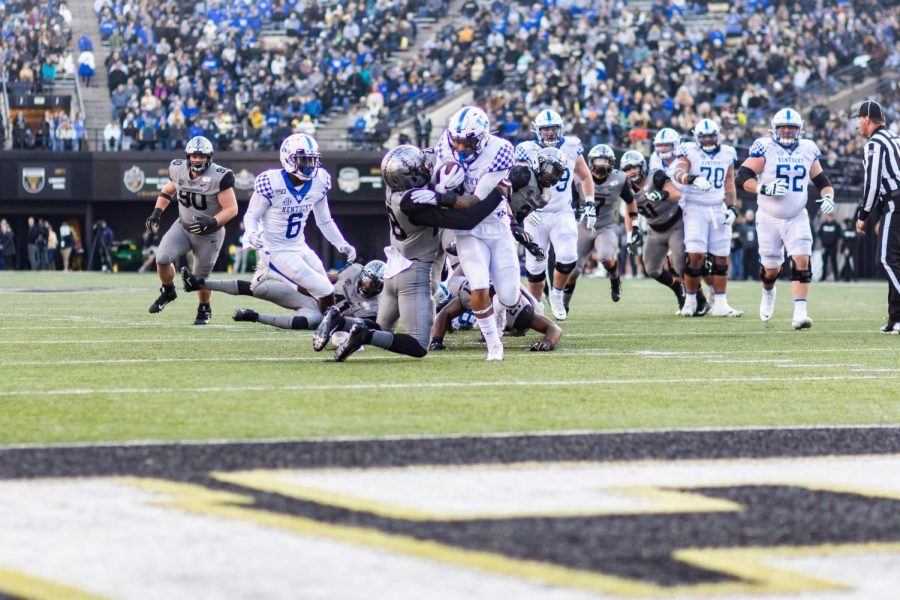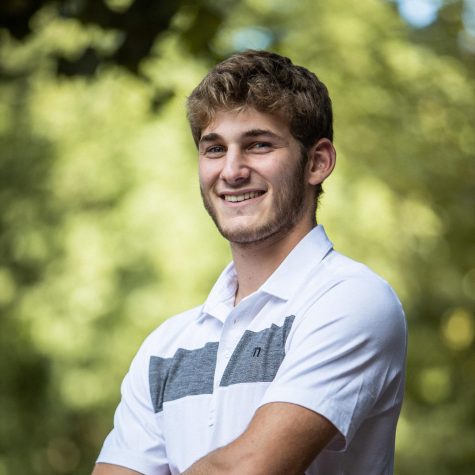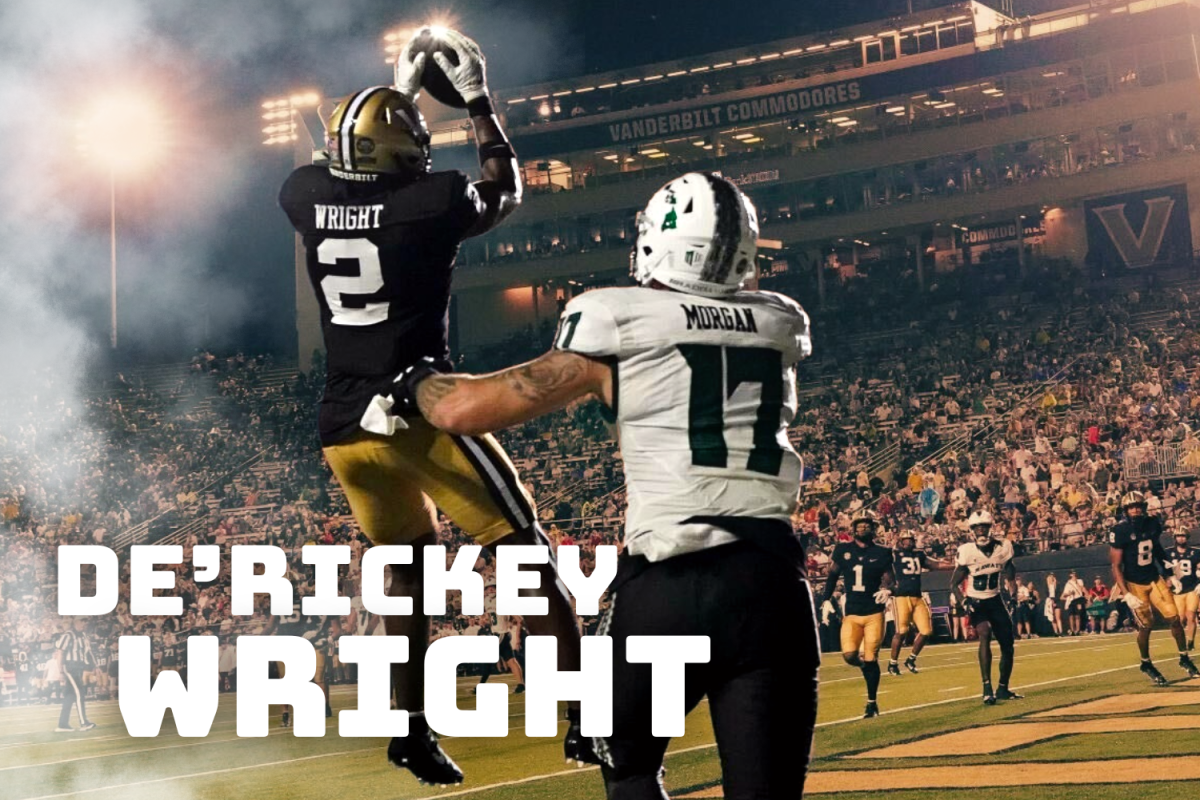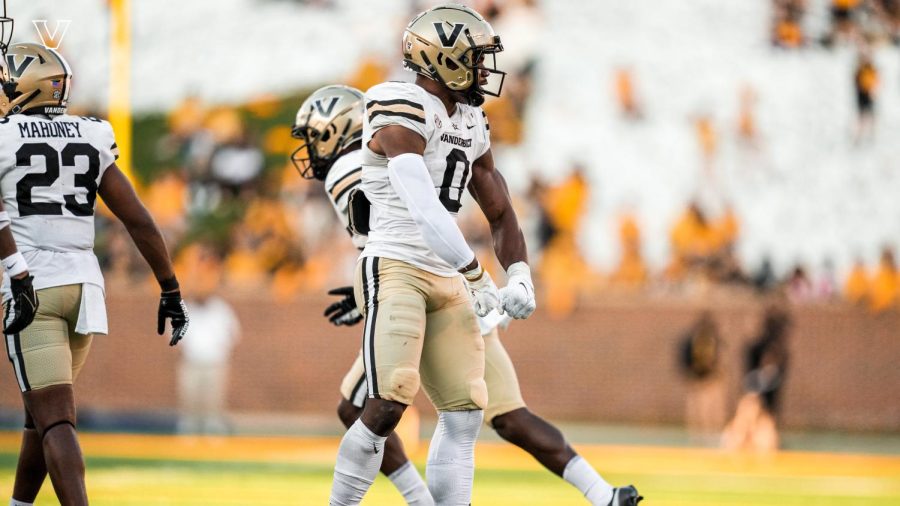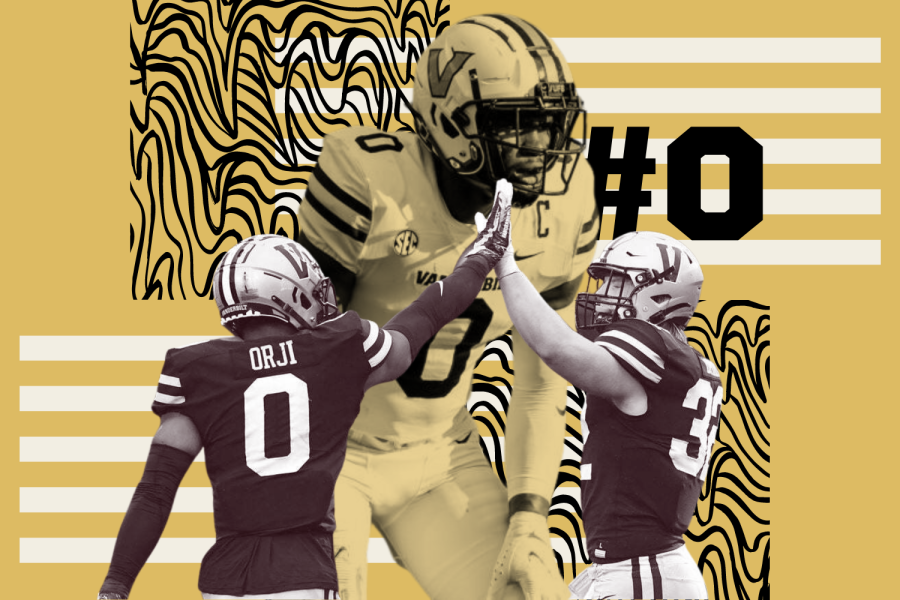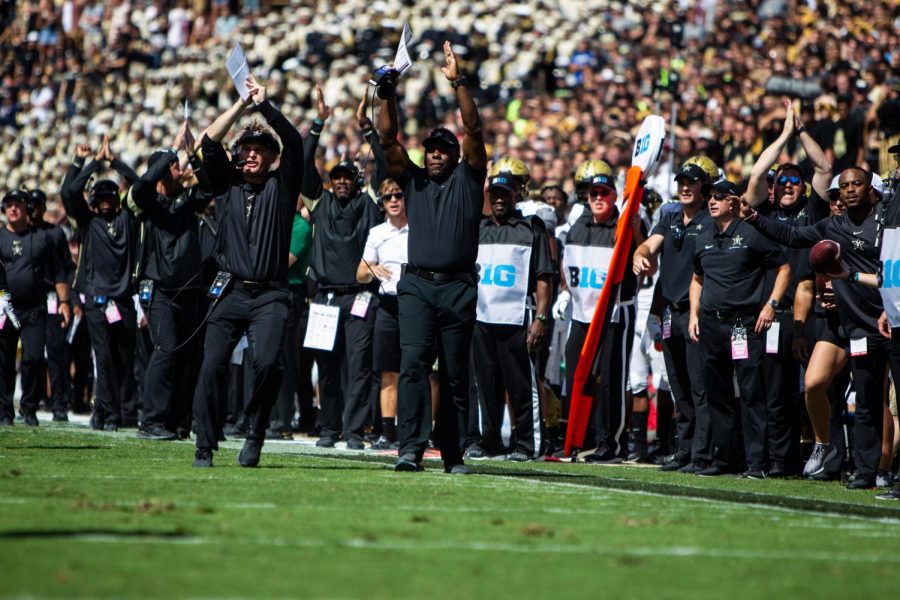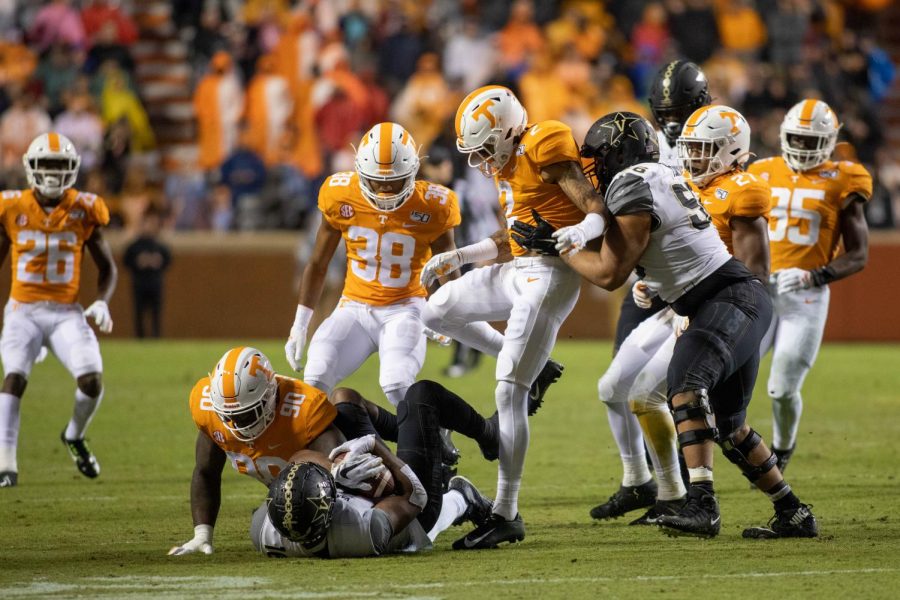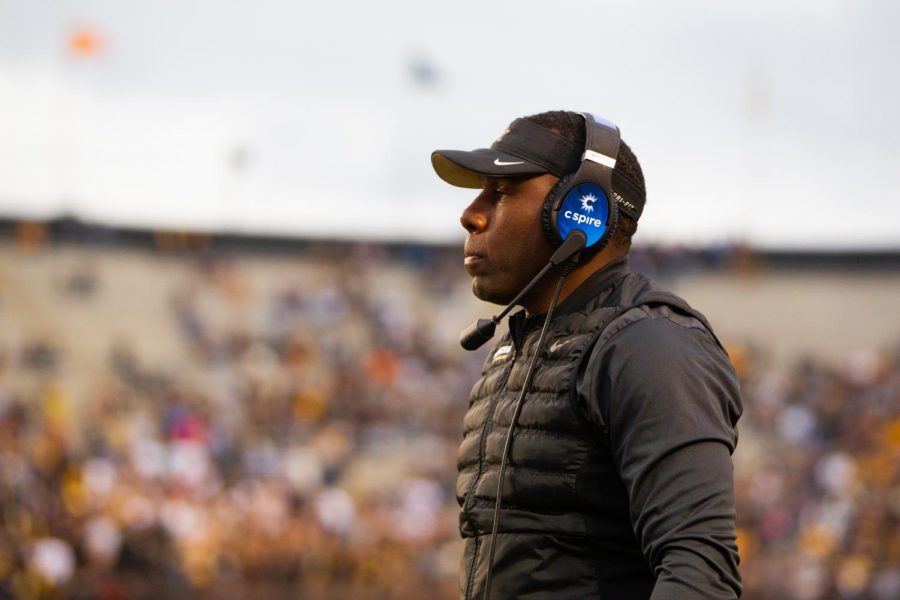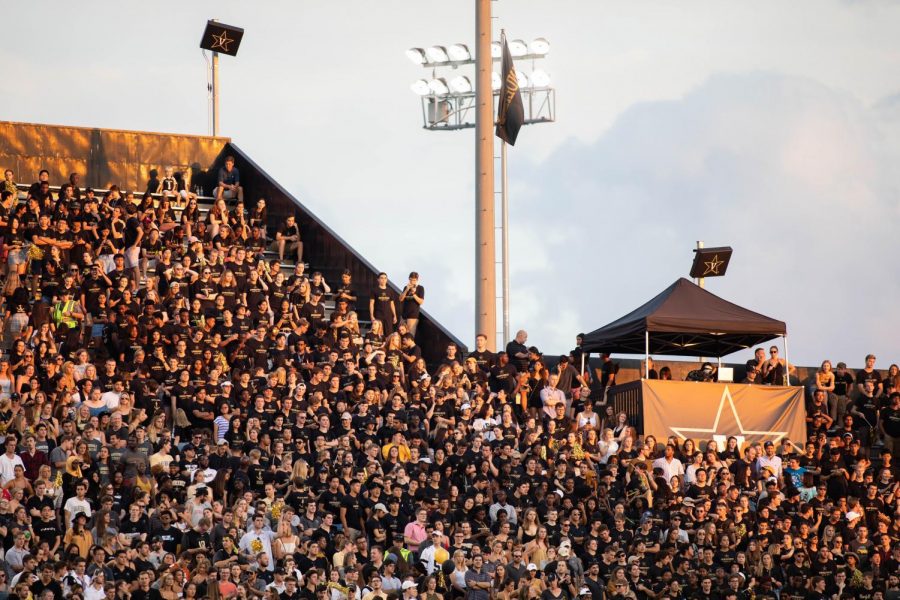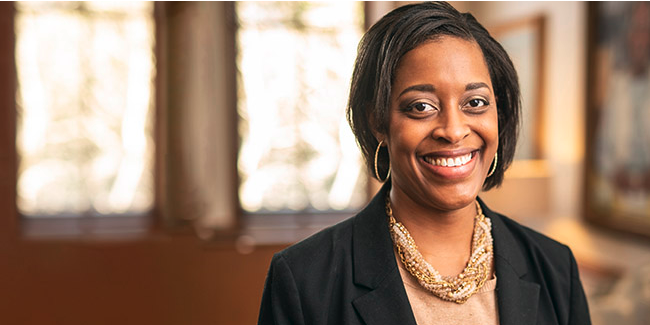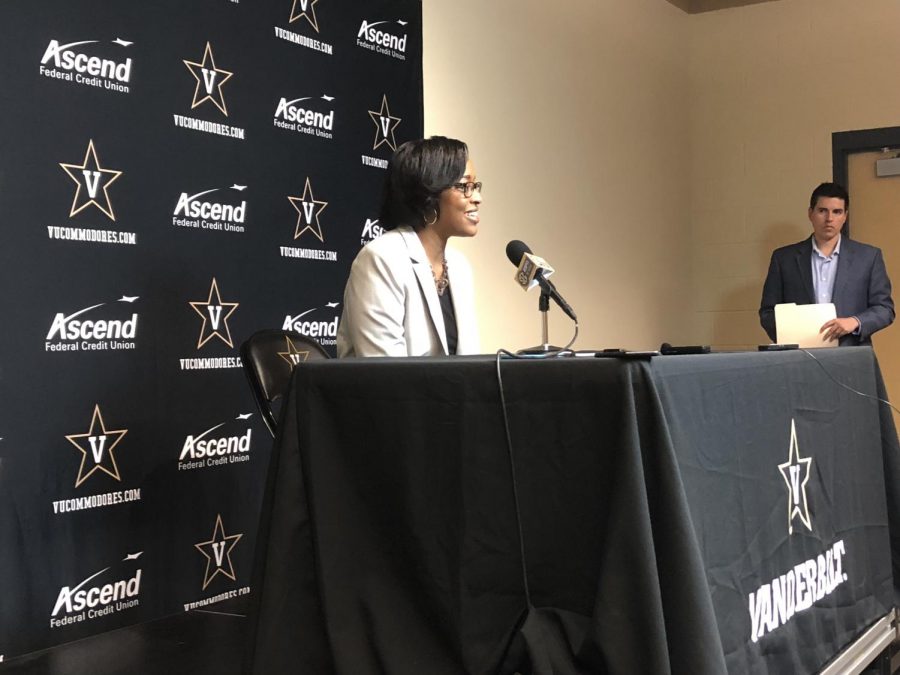“The weight room has to be important. That’s what you know about this conference.”
This is how head coach Derek Mason responded when asked about the future of this Vanderbilt football program. This is not a typical quote from an SEC football coach when discussing ways to improve on the field. Much of Vanderbilt’s disappointing 2-8 season has focused on the issues at quarterback and offensive coordinator Gerry Gdowski’s play calling and inability to get tight end Jared Pinkney involved in the offense. Other problems include the secondary allowing opposing quarterbacks to put up their best stat lines of the seasons and whether or not Derek Mason’s energy and persona has run its course in this program. While these are all valid complaints, perhaps the wrong question is being asked. Instead of doubting the coaching schematics and level of quarterback play, it is time to question whether or not the problems here run much deeper. Maybe we need to consider if Vanderbilt has the quality of athlete to not necessarily succeed, but to at least be competitive in the SEC.
It is no secret that Vanderbilt cannot recruit on the same level as most of the rest of the SEC. The academic standards here are higher and there is a limited history of college or eventual NFL success to entice recruits. This football program does not need Alabama or LSU-level athletes to be competitive. It may just need more than what it currently has, and today’s 38-14 loss against Kentucky was a prime example.
The Commodore secondary has struggled to handle opposing QBs all season, but everybody in Vanderbilt Stadium knew that was not going to be an issue today. For the last five weeks, Kentucky has used wide receiver-turned-quarterback, Lynn Bowden Jr., under center. Bowden has not thrown the football more than 15 times in any game this season, and that 15-pass day came in Kentucky’s game against Georgia in which the Wildcats trailed the whole time. Kentucky is not beating any team through the air, a point of relief for Commodore fans coming into today’s game. The defense had the opportunity to give its secondary a break and focus on stopping the run, which is essentially all of Kentucky’s offense. That did not go well.
Kentucky ran for over an astronomical 400 yards in today’s game, averaging seven yards per carry. On first down rushes, Vanderbilt gave up 7.5 yards per carry, failing to ever put the Kentucky offense into a position where they would need to throw the ball. Kentucky’s running backs broke tackle after tackle and beat Vanderbilt linebackers to the outside, before beating the defensive backs to the endzone in the open field. Kentucky’s offensive line dominated the line of scrimmage, freeing up 12 rushes that gained more than 10 yards. In more convenient terms, Vanderbilt was outmatched athletically today. With all this put in context, Mason’s post-game quote begins to make more sense.
Whether or not this program has a competent quarterback, whether or not its playcalling improves, whether or not defensive-minded coach Derek Mason is able to make better halftime adjustments, if Vanderbilt’s defenders cannot even compare athletically to opposition, this team may not ever be able to compete.
Does this program need to figure out the quarterback issue? Absolutely. The periods of success in Vanderbilt’s history have come with guys like Jay Cutler, Jordan Rodgers and Kyle Shurmur. All of those players have ties to the NFL. But the issues that plague this football team go beyond quarterbacks Riley Neal, Deuce Wallace and Mo Hasan. What this community is seeing may be an institutional deficiency when it comes to being able to support the kind of athlete necessary for a football team to hold its own in the best conference in college football.
Athletic Director Malcom Turner has started the process of assessing Vanderbilt’s current status as an athletic program, and much of the conversation has been focused on the facilities. Smaller private schools in major conferences are always going to be at a disadvantage when it comes to recruiting, so the least they can do is provide resources that top-level athletes will deem sufficient. I’ve seen the new Northwestern football practice facility, and it is beautiful. Stanford built over 50,000 square feet of facilities dedicated towards football in 2015. Wake Forest built an 80,000 square foot facility in the Spring of 2016 to support its athletic programs. There is a trend here. The small, private schools with high academics that are succeeding in Power Five conferences are providing their athletes with an opportunity to grow and develop that matches the resources of any big state school in the country.
I am not saying that the coaching does not need improvement, nor am I saying that the lack of a quality college quarterback is excusable. But coaches cannot make tackles, coaches cannot cover receivers, and coaches cannot get down in a three-point stance and blast a right guard off the line of scrimmage and back into a quarterback’s face. Yes, the argument is there that Coach Mason needs to do a better job recruiting, and maybe the program needs a reset. But what about this question? If you are a high school football player with the chance to go to the NFL, as many SEC football players believe, why would you choose a school that does not have the infrastructure to prepare your body for the next level over the 13 other SEC schools that can?
When Nick Saban makes defensive coaching adjustments, he has the athletes to put them into effect. Vanderbilt is reaching the point when it may be beneficial to stop questioning the adjustments, and instead start adjusting the approach. Considering Turner has already said Derek Mason’s job is safe at the moment, he could already be on this path. And for now, that is potentially the only path this university and this football program has to success.

